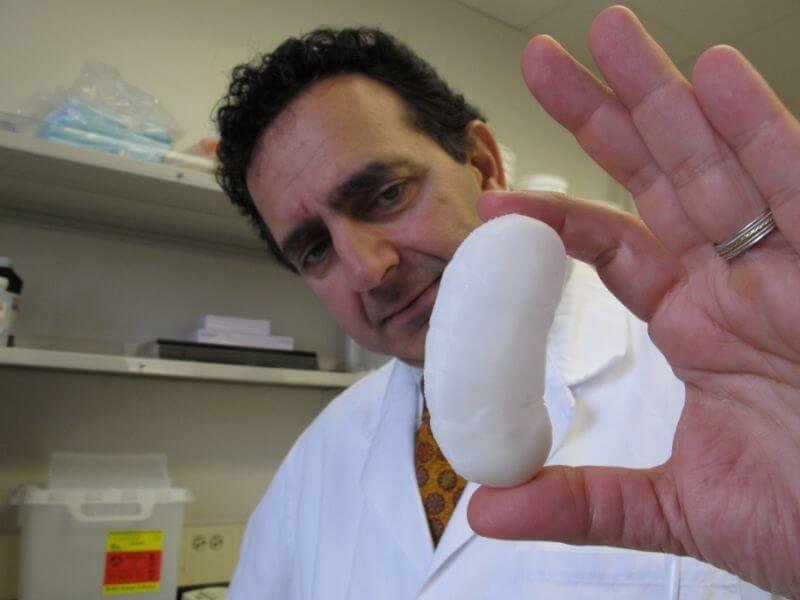The field of developmental biology is dedicated to one of the fundamental wonders of the universe: How do complex biological structures — brains, arms, people — emerge from a single fertilized egg?
It’s a puzzler, all right. But new research out of the University of California, San Francisco suggests that we may have just cracked the first part of the complex code that informs embryonic development.
Using a kind of genetically modified “boss” cell, the UCSF team was able to get other groups of individual cells to self-organize into multi-layered structures.
…
The key to the new technique, according to researchers, is a customizable synthetic signaling molecule called synNotch, short for synthetic Notch receptor. The synNotch cell acts as a kind of middle manager molecule and allows researchers (senior management) to program nearby organic cells (salaried workers) with specific sets of instructions.
…
One of the potential applications of the technology is a very big deal. In fact, it’s a kind of Holy Grail for developmental biology: The ability to grow entire replacement organs or limbs for wound repair or transplant.
…
If biologists can figure a way to program increasingly complex structures, then natural cellular development would handle all the heavy lifting. Scientists would be, in effect, simply supplying the blueprints.
Read full, original post: Synthetic Cells Command Natural Ones to Repair and Grow































